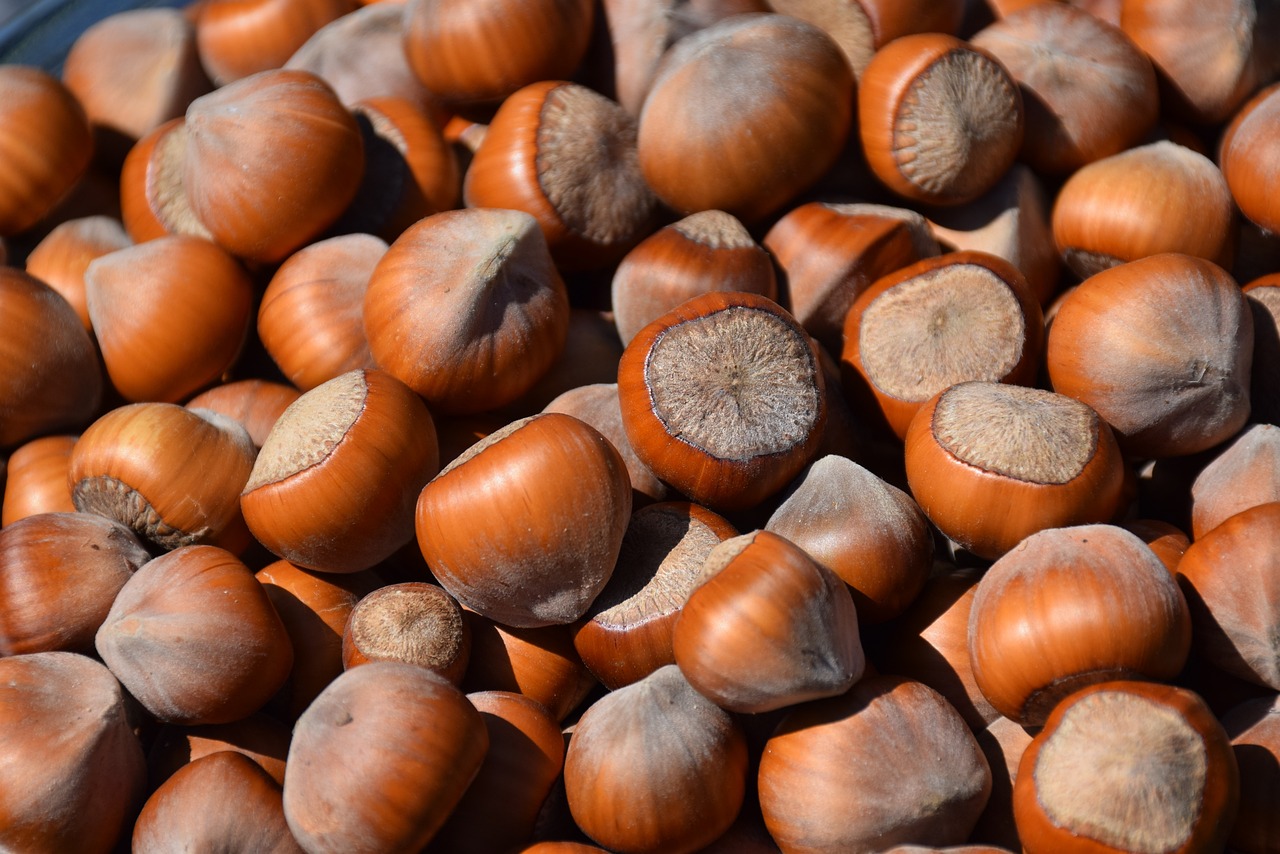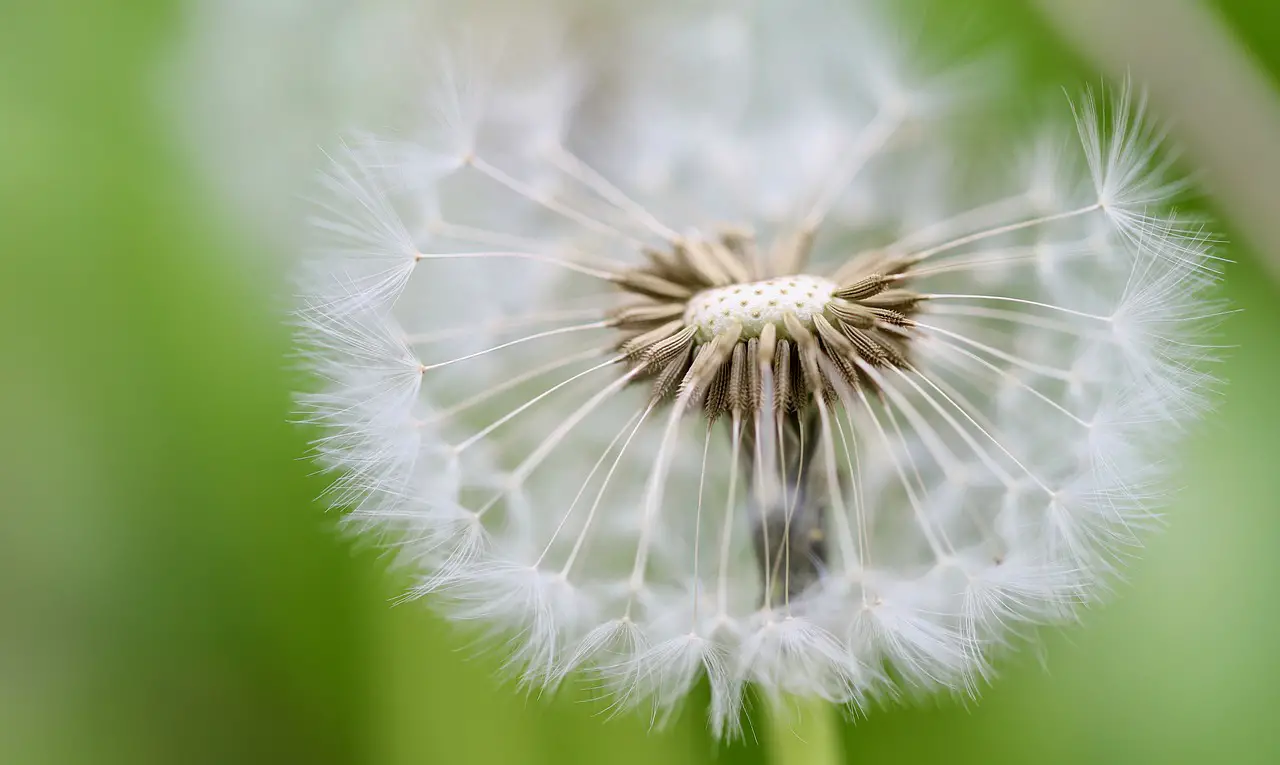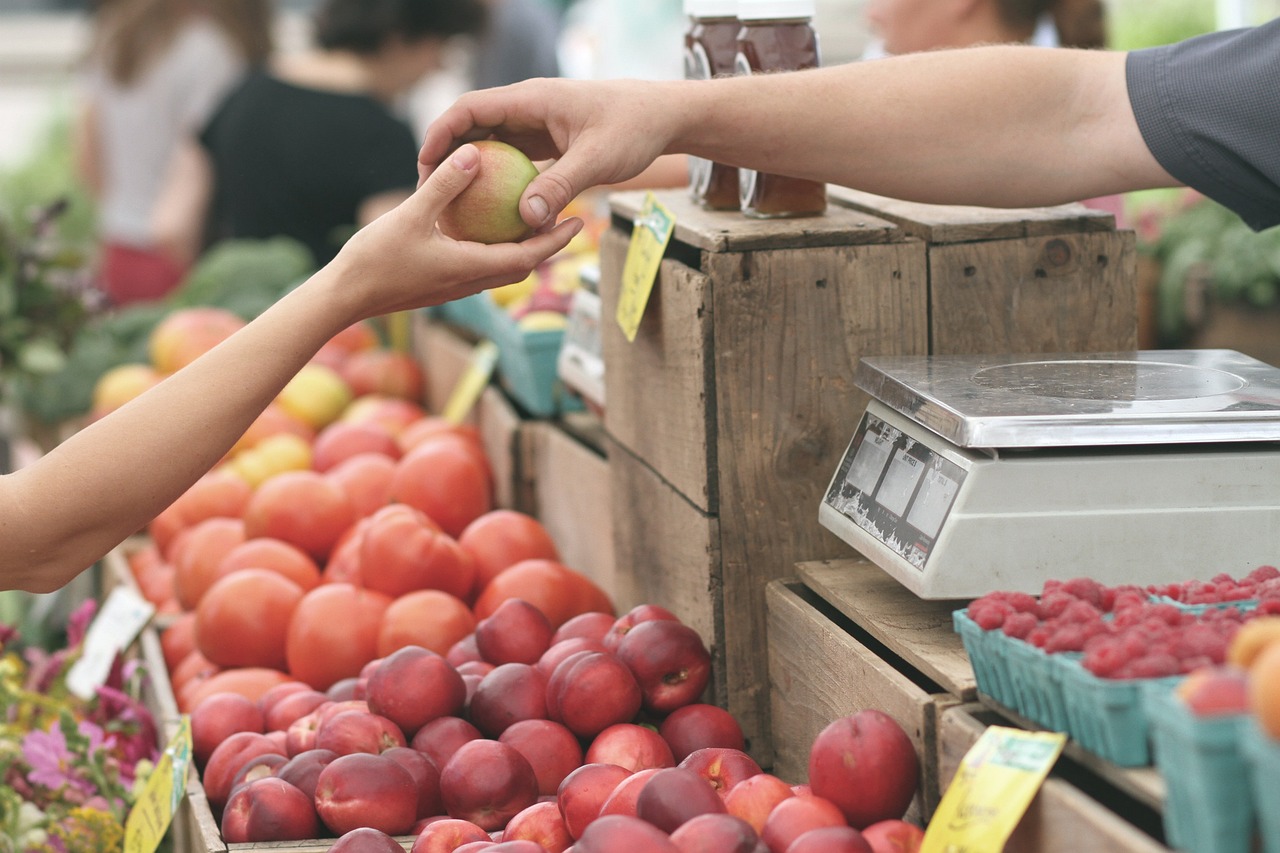When deciding between starting seeds and buying transplants, consider factors such as time, budget, and plant type. Starting seeds allows for a wider variety and cost savings but requires more effort and patience. Buying transplants offers convenience and instant gratification but may limit your selection and increase costs.
Understanding the Basics

Starting seeds indoors or in a garden is a popular gardening choice for many enthusiasts. It involves germinating seeds in a controlled environment before transplanting them into the garden. This method allows gardeners to choose from a broader variety of plants, including heirloom and rare species that may not be available as transplants.
On the other hand, buying transplants refers to purchasing young plants that have already been started in a nursery or greenhouse. This method is often preferred by beginners or those with limited time. Transplants can provide a head start in the growing season, as they are ready to be planted immediately.
Advantages of Starting Seeds
Starting seeds has several advantages that appeal to gardeners looking for control over their gardening experience. Here are some key benefits:
- Variety: You can choose from a wider range of plant varieties, including unique heirlooms.
- Cost-Effective: Buying seeds is typically cheaper than purchasing transplants.
- Satisfaction: There is a sense of achievement in nurturing plants from seed to maturity.
- Timing Flexibility: You can start seeds at the best times for your specific climate.
Benefits of Buying Transplants
While starting seeds has its advantages, buying transplants also offers distinct benefits that can make it the right choice for many gardeners. Here are some points to consider:
- Time-Saving: Transplants can save considerable time since they are already established.
- Reduced Risk: The risk of seed failure due to poor germination or environmental factors is minimized.
- Immediate Results: Gardeners can enjoy the visual impact of plants sooner than with seeds.
- Less Equipment Needed: You do not need seed-starting trays, grow lights, or seed-starting soil.
Factors to Consider
When deciding between starting seeds or buying transplants, several factors should guide your choice. Understanding these elements will help you make an informed decision:
| Factor | Starting Seeds | Buying Transplants |
|---|---|---|
| Cost | Generally lower | Higher due to labor and care |
| Time Commitment | High; requires planning | Low; instant planting |
| Success Rate | Variable based on skills | Generally high |
| Variety Availability | Wide selection | Limited to what’s sold |
As you weigh these factors, consider your gardening goals, experience level, and the specific plants you wish to grow. Each method has its own merits, and understanding them will empower you to make the right choice for your garden.
Understanding Your Gardening Environment
Your gardening environment plays a crucial role in determining whether you should start seeds or buy transplants. The climate, soil type, and available space can significantly influence your decision. Each environmental factor can affect plant growth, germination rates, and overall success.
Climate Considerations
Climate is one of the most vital aspects to consider when choosing between seeds and transplants. Different plants thrive in various temperature ranges and weather conditions. Understanding your local climate can help you select the right method:
- Cool-Season Crops: If you live in a region with a short growing season, starting seeds indoors allows you to get a head start on cool-season crops like lettuce or peas.
- Warm-Season Crops: For warm-season crops like tomatoes and peppers, purchasing transplants may be ideal to ensure they are planted after the last frost.
- Microclimates: Some areas in your garden may have unique microclimates that favor certain plants. Knowing these can help in deciding the best approach.
Soil Type and Preparation
The type of soil you have can also impact your choice. Different plants require different soil conditions for optimal growth. Here are some considerations:
- Soil Quality: If your soil is poor or needs amending, starting seeds might be more challenging. Transplants can adapt better to less-than-ideal conditions.
- Soil Temperature: Seeds require specific soil temperatures for germination. If your soil temperature fluctuates, starting seeds indoors might give you better control.
- Soil Drainage: Proper drainage is essential for seedling success. If your garden has drainage issues, buying transplants can reduce the risk of seed failure.
Time Management and Gardening Goals
Understanding your gardening goals and available time is essential for making an informed decision between seeds and transplants. Here are aspects to consider:
Your Available Time
Time management can significantly influence your choice. Starting seeds requires more time and commitment than simply planting transplants. Consider the following:
- Seed Starting: This process involves planning, monitoring germination, and providing care for young seedlings. It can be rewarding but demands attention.
- Transplanting: Buying transplants allows you to spend less time on initial setup, as they are ready to go into the ground with minimal prep work.
Your Gardening Goals
Your personal gardening goals should also inform your decision-making process. Reflect on the following:
- Quantity vs. Quality: If you are aiming for a high yield, starting seeds may be more beneficial as it allows you to plant many varieties at once.
- Learning Experience: If you are looking to learn more about plant growth cycles, starting seeds provides valuable hands-on experience.
- Quick Results: If you want to see results sooner, buying transplants will allow for immediate planting and quicker harvest times.
The Cost Factor

The financial aspect of gardening is another critical consideration when deciding between starting seeds or buying transplants. Here are some points to evaluate:
Initial Investment
The upfront costs associated with each method can vary significantly:
- Starting Seeds: Requires investment in seeds, soil, containers, and possibly grow lights if starting indoors.
- Buying Transplants: Generally incurs a higher cost per plant since you are paying for labor and care already provided by nurseries.
Long-Term Savings
While the initial costs may differ, consider long-term savings as well:

- Bulk Seed Purchases: Buying seeds in bulk can lead to substantial savings over time.
- Cost per Plant: Starting your own plants can reduce the overall cost per plant compared to purchasing transplants each season.
Understanding these factors will help you align your gardening practices with your budget and goals, leading to a more satisfying gardening experience.
Choosing the Right Plants for Your Method
Not all plants are equally suited for starting from seeds or buying transplants. Understanding the specific needs and growth habits of different plants will help you make a more informed choice. Some plants thrive when started from seeds, while others perform better as transplants.
Plants Best Started from Seeds
Certain plants are particularly well-suited for being started from seeds. These typically include:
- Root Vegetables: Carrots, radishes, and beets can be directly sown into the ground, where they develop well.
- Leafy Greens: Spinach, kale, and lettuce tend to grow quickly and can be directly seeded outdoors.
- Annual Flowers: Many annuals like marigolds and zinnias are easy to grow from seed and can bring vibrant colors to your garden.
Plants Better as Transplants
Some plants are more successful when purchased as transplants due to their specific growth requirements. These include:
- Tomatoes: They generally need a longer growing season and benefit from being started indoors before being transplanted.
- Peppers: Similar to tomatoes, peppers thrive when grown as transplants, allowing them to reach maturity faster.
- Cabbage Family: Broccoli, cauliflower, and cabbage often perform better when started as transplants to avoid pests and diseases in their early stages.
Environmental Impact of Each Method
The environmental impact of gardening methods is becoming an increasingly important consideration for many gardeners. Both starting seeds and buying transplants come with their own ecological footprints.
Sustainability of Seed Starting
Starting seeds is often seen as the more sustainable option. Here are some reasons why:
- Less Packaging Waste: Seeds typically come in minimal packaging compared to plastic pots used for transplants.
- Reduced Transportation Emissions: By starting your own seeds, you eliminate the need for transporting plants from nurseries to your garden.
- Diversity Preservation: Growing from seed allows you to cultivate heirloom varieties that may not be commercially available.
Environmental Considerations of Buying Transplants
While buying transplants can have some environmental drawbacks, there are also benefits:
- Professional Care: Transplants are often grown by professionals who use sustainable practices, potentially reducing the overall environmental impact.
- Faster Establishment: Transplants can lead to quicker establishment in your garden, reducing water usage during the early growth phase.
- Local Sourcing: Purchasing from local nurseries supports local economies and can reduce transportation emissions compared to sourcing seeds from far away.
Tips for Successful Gardening Regardless of Method

No matter which method you choose, certain practices can enhance your gardening success. Here are some tips to consider:
Best Practices for Starting Seeds
If you decide to start seeds, consider the following best practices:
- Use Quality Soil: Invest in good-quality seed-starting mix for optimal germination and growth.
- Provide Adequate Light: Ensure your seedlings receive sufficient light, especially if starting indoors. Grow lights can be beneficial.
- Monitor Watering: Keep the soil consistently moist but not soggy. Over-watering can lead to damping off, a common seedling disease.
Best Practices for Transplants
If you choose to buy transplants, keep these tips in mind:
- Select Healthy Plants: Choose robust plants with no signs of disease or pest damage when purchasing transplants.
- Avoid Shock: Acclimate your transplants to outdoor conditions by gradually exposing them to sunlight and wind before full planting.
- Plant at the Right Time: Timing is crucial. Ensure you plant transplants after the last frost date for optimal growth.
By understanding the best practices for each method and considering the types of plants you wish to grow, you can enhance your gardening experience and results, regardless of whether you choose to start seeds or buy transplants.
Assessing Your Resources and Commitment
In addition to understanding the plants you wish to grow and the best practices for each method, it’s crucial to assess your resources and commitment level. Gardening requires time, effort, and sometimes financial investment. By evaluating these factors, you can make a more informed decision that aligns with your lifestyle and gardening ambitions.
Time Commitment
Reflect on how much time you can dedicate to gardening. Starting seeds often requires more time upfront for activities like sowing, monitoring growth, and transplanting seedlings into the garden. If you have a busy schedule or are new to gardening, buying transplants may be a better fit.
Space and Resources
Your available space also plays a significant role in your decision:
- Indoor Space: If you plan to start seeds indoors, ensure you have adequate space with access to natural light or the ability to set up grow lights.
- Garden Area: Assess your garden layout. Make sure there is enough room for both seedlings and mature plants, especially if you have staggered planting schedules.
- Tools and Supplies: Consider the gardening tools and supplies you have on hand. Starting seeds may require specific equipment that you might need to purchase, while buying transplants may involve less initial setup.
Community and Support Resources
Engaging with local gardening communities can enhance your gardening experience regardless of the method you choose. Here are some ways to connect:
Local Gardening Clubs
Joining a local gardening club can provide support, advice, and camaraderie. These clubs often share resources, including seed exchanges or bulk-buying opportunities for seedlings.
Workshops and Classes
Look for workshops at local nurseries or community centers that focus on seed starting or transplanting techniques. These sessions can offer hands-on experience and valuable insights from seasoned gardeners.
Online Resources
The internet is a treasure trove of information. Websites, forums, and social media groups dedicated to gardening can provide tips, troubleshooting advice, and inspiration from fellow gardeners around the world.
Final Thoughts
The decision between starting seeds and buying transplants ultimately depends on various factors, including your gardening goals, available resources, and personal preferences. Both methods have their unique advantages and challenges. Starting seeds allows for a wider variety of plants and a potentially lower cost, but it requires more time, patience, and care. Buying transplants offers convenience and immediate results but may limit your selection and increase costs.
Consider your gardening environment, time availability, financial constraints, and the plants you wish to grow. Engaging with community resources can further enrich your gardening journey. By weighing these factors thoughtfully, you can choose the method that best suits your needs and helps you create a thriving garden.
Whether you decide to start seeds or buy transplants, remember that gardening is not just about growing plants; it is also about enjoying the process and connecting with nature. Each method offers its own rewards and challenges, making every garden a unique reflection of its gardener’s journey.
